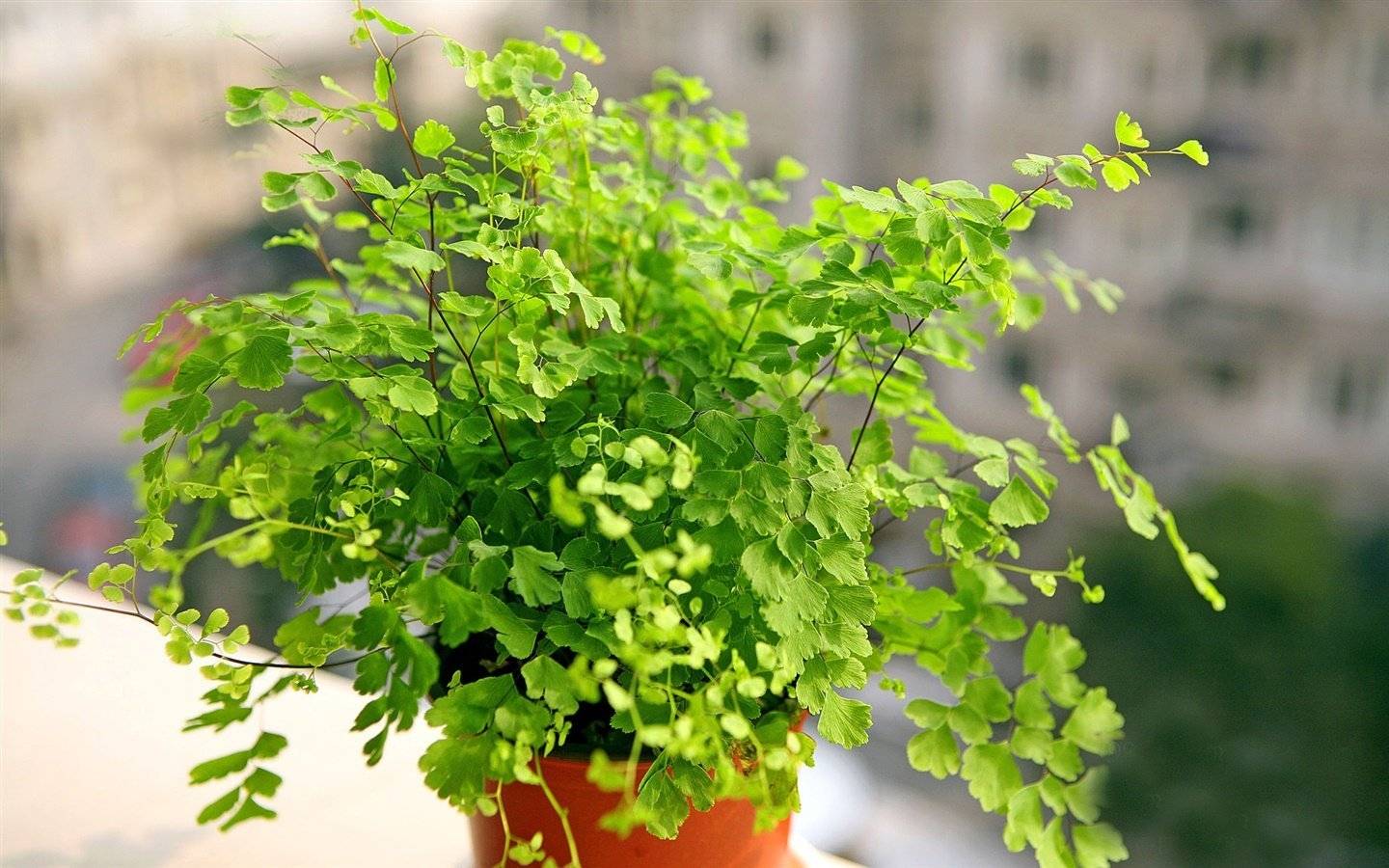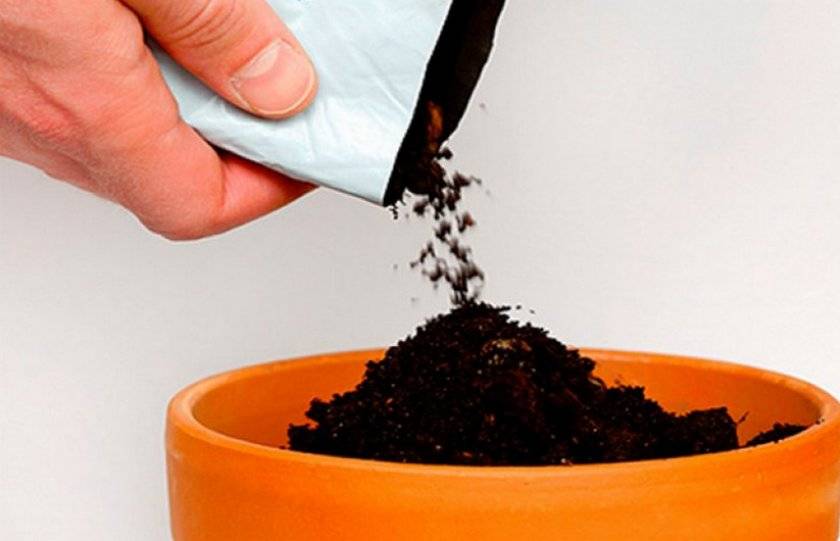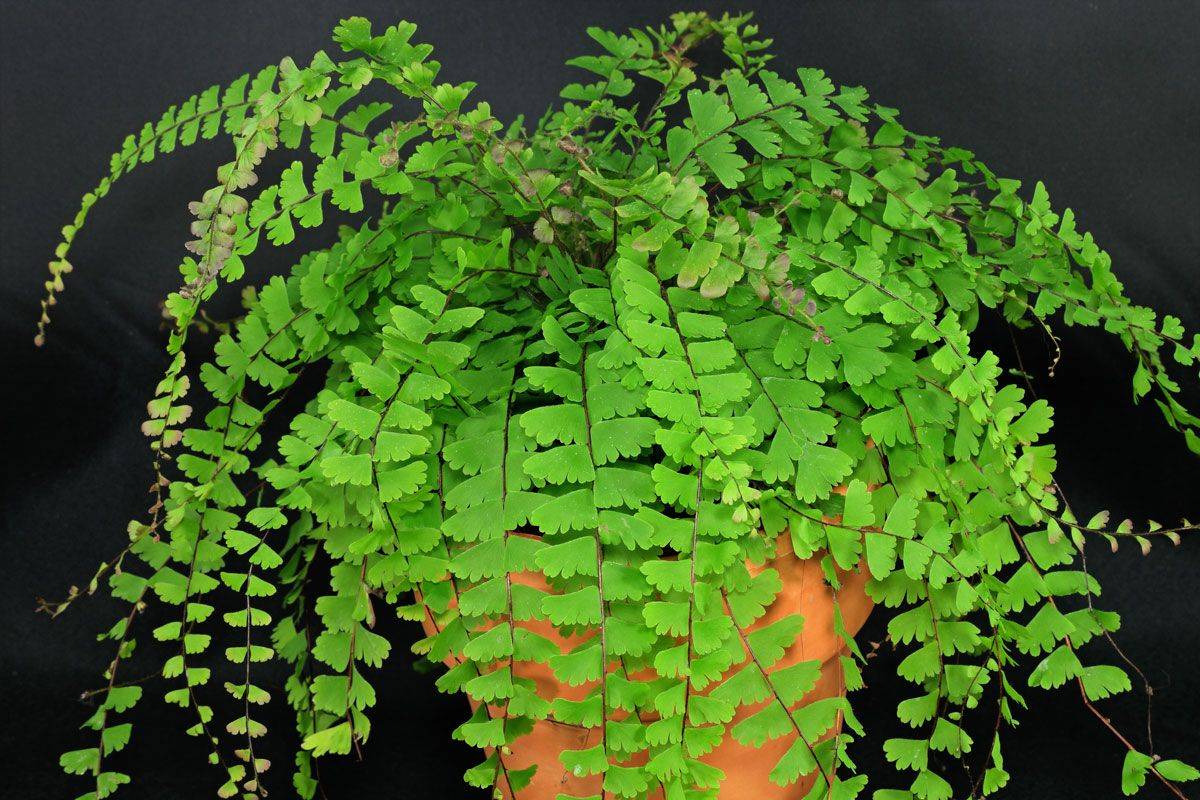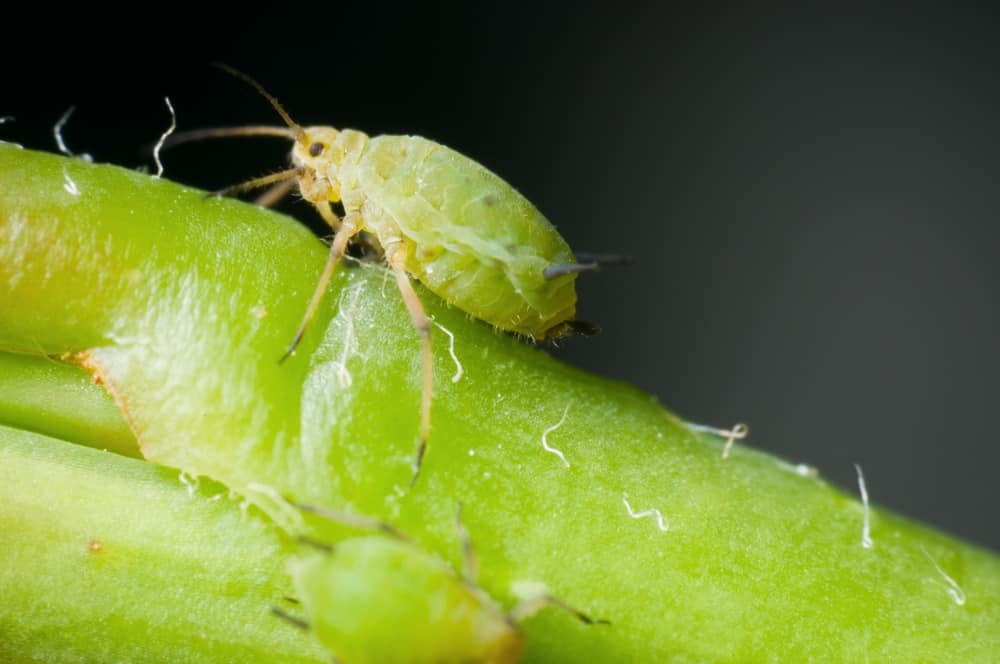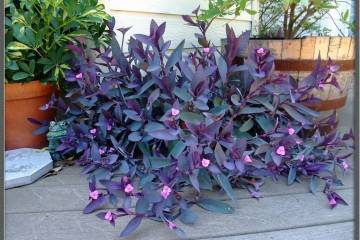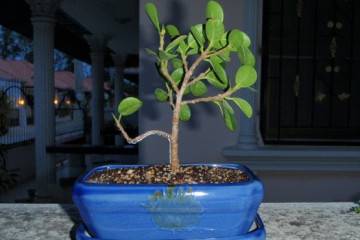Venus hair - description and care at home
Content:
Venus hair is a member of the Pteris family. This plant is grown both indoors and outdoors. The flower is unpretentious in care, so it is not difficult to maintain it. Home fern has an unusual and attractive look that will decorate any room.
What does hair venus look like?
The fern adiantum, or hair veneer, is a perennial plant. The maximum height is 60 cm. The root system is curved and has thin roots. Green leaves are arranged in a regular or chaotic order. They resemble a fan or a trapezoid in shape. Reticulated venation is noticeable along the leaf.
Common varieties
There are about 200 species in total. The most common ones are:
- stop maidenhair;
- Chilean;
- large-leaved;
- maidenhair gentle;
- Ethiopian;
- venustum;
- small-leaved;
- maidenhair Fragrance.
Healing properties
The indoor flower has antipyretic, antiparasitic and soothing properties. The plant relieves inflammation well. The leaves contain steroids, essential oils and phenol carboxylic acids.
Briefly about the history of appearance
For the first time, a flower settled in houses back in the 19th century. Cultivation and reproduction was carried out in the possessions of the wealthy, who had greenhouses and winter gardens. Over time, the plant began to appear among ordinary people.
Features of caring for a plant at home
Home care consists in watering the plant correctly, maintaining the optimal temperature, and following the recommendations for lighting and feeding.
Temperature
A healthy flower needs clean and fresh air. However, do not place the pot in a draft. It is regularly necessary to clean the leaves from dust.
The temperature in the room should not rise above 22 ° C.
Lighting
When growing a plant in direct sunlight, there is a risk of staining and drying out of the leaves. It is advisable to place the pot in partial shade, this is the ideal place for proper growth.
Watering
The fern must be watered at the same frequency. If the soil is dry, the leaves will begin to dry out and fall off. Excessive watering affects the root system, in which the decay process begins. To avoid uneven watering, it is necessary to add liquid to the lower tier. To do this, fill the basin with water and place a container with a bush there. They take out the pot when the surface of the earth begins to shine due to the water that has entered it. The plant is taken to the sink and waited for the remaining liquid to drain.
Spraying
Due to its quick adaptation to the environment, the fern does not need regular spraying.This procedure is performed if the humidity in the room is less than 20%.
Humidity
Adiantum capillus veneris needs high air humidity. Therefore, on hot days, it must be additionally sprayed with water from a spray bottle. If the room is cool, then the procedure does not need to be performed. Otherwise, there is a risk of harm to the bush.
Priming
The soil must be filled with nutrients. The structure is suitable for loose, slightly acidic soil. It is best to combine peat and leafy soil.
Top dressing
Fern needs to be fed between April and September. You can use a liquid fertilizer for ornamental and deciduous houseplants. Only half of the dosage indicated on the package is taken. Fertilizer is applied once every 20 days.
Features of winter care
The dormant period is observed from October to February. In cold weather, the plant is transferred to a place where the temperature reaches 15 ° C.
Pruning
The procedure is done if the leaves begin to dry or if damaged branches are present. If the flower is completely dry, you need to trim everything and leave only the stem. It is sprayed twice a day with water until new branches appear.
How hair venus reproduces
There are two ways of fern breeding:
- dividing the bush;
- disputes.
The first method will help rejuvenate a sluggish bush and quickly get a new flower. The division is carried out in the spring. Step-by-step instructions for the process:
- The fern is removed from the pot and the rhizome is cleaned from the ground.
- Use a sharp knife to divide the root into several parts.
- Each segment should have a bud with leaves.
- The cut site is treated with any antiseptic.
- The resulting plants are distributed in separate containers with sterile soil.
- Seedlings should be stored in a warm room with a high degree of humidity.
It will take more time and effort to reproduce with spores. Maintain a constant temperature of 22 ° C and high humidity. Spores are evenly placed in sterile soil, which are previously collected from large sheets. The surface is covered with earth, moistened and covered with a film. There should be a minimum of light in the room.
The first planting result usually appears after 2.5-3 months. After that, it is necessary to remove the film and transfer the seedlings to a lighted place. The specimens should be reviewed and only healthy shoots should be retained. For active growth, the distance between seedlings should be from 3 cm.
Transfer
The transplant is done in the spring, until the fern begins to actively grow. Wide, but shallow pots are suitable for indoor plants. Drainage is poured at the bottom of the container, which can be replaced with pebbles or crushed bricks. To maintain moisture and prevent the formation of rot, sphagnum and charcoal are added.
Possible growing problems and diseases
Like any plant, hair venus can be sore due to pests or improper care.
Leaves turn pale
Often such symptoms are observed with an excess of lighting, frequent watering, or lack of drainage. Pale leaves along with slow growth indicate a lack of minerals in the soil and the need to fertilize the plant.
The tips of the leaves dry
This problem arises as a result of a dry climate or the presence of drafts. The fern must be rearranged and sprayed.
The lower leaves fall
Pests such as aphids, spider mites, scale insects, and thrips can cause the leaves to die off and fall off. Insects can be seen with the naked eye. In addition, a white film appears on the surface of the leaves.An insecticidal agent is suitable for the fight.
Other problems
Other common problems are leaf drying, yellowing or dying off. In this case, it is necessary to adjust the watering, change the location of the flower, and provide the necessary humidity.
Signs and superstitions
Since ancient times, the plant has been considered a female flower. Therefore, it is best to place it in the girl's bedroom. He will bring harmony and peace to the room. The plant prevents the development of negative factors, relieves self-doubt and anxiety.
Hair Venus is an attractive plant that resembles curled hair. Airy bushes and delicate leaves look unusual, so they will decorate the room and attract attention. The fern does not require special living conditions, therefore it is suitable for growing even for novice growers.
